The Bhagavad Gita explains love as devotion, equality, and surrender to God. Learn the hidden wisdom about love in...
How many chapters are there in srimad bhagavatam?
The ISKCON Edition of the Srimad Bhagavatam: A Deep Dive into Its Chapters
The Srimad Bhagavatam, often referred to as the Bhagavata Purana, is one of the most esteemed texts in Hindu literature, encapsulating the teachings of devotion and the divine pastimes of Lord Krishna. This sacred scripture is revered not only for its spiritual depth but also for its literary richness. The International Society for Krishna Consciousness (ISKCON) has published an influential edition of this text, which provides a comprehensive understanding of its structure, including the total number of chapters and their significance.
Overview of the Srimad Bhagavatam
Composed by Sage Vyasa, the Srimad Bhagavatam consists of twelve Skandhas (books or cantos), each elaborating on different aspects of spirituality, cosmology, and devotion. The text serves as a guide for devotees seeking a deeper connection with God, offering rich narratives that illustrate the transformative power of bhakti (devotion). The ISKCON edition aims to make these teachings accessible to a modern audience, preserving the essence of the original Sanskrit text while providing translations and commentaries.
Chapter Breakdown in the ISKCON Edition
The ISKCON edition of the Srimad Bhagavatam is divided into 335 chapters spread across its twelve Skandhas. Here’s a detailed breakdown of the chapters in each Skanda:
- Canto 1: 19 Chapters
- The first Skanda introduces the main themes, including the creation of the universe and the importance of devotion. It establishes the foundational narrative that will unfold throughout the text.
Canto 2: 10 Chapters
- This Canto focuses on the essence of creation and the significance of spiritual practice. It discusses the importance of understanding the purpose of life and highlights the path of devotion as a means to realize the Supreme.
Canto 3: 33 Chapters
- The third Skanda narrates the story of Lord Brahma and the process of cosmic creation. It emphasizes the relationship between the creator and the created, reinforcing the idea that spiritual understanding is essential for realizing the divine.
Canto 4: 24 Chapters
- The fourth Skanda recounts the tales of various kings, such as Dhruva and Prahlada, and underscores the importance of adhering to dharma (righteousness). It illustrates how devotion can lead to divine blessings, regardless of one's background.
Canto 5: 26 Chapters
- This Skanda presents a detailed account of the universe’s structure, exploring the principles that govern creation. It encourages readers to understand the interconnectedness of all beings and the importance of recognizing the greatness of God.
Canto 6: 19 Chapters
- The sixth Skanda tells the story of the demon Vritrasura and explores the transformative power of devotion. Despite being a demon, Vritrasura exemplifies profound faith in Lord Krishna, demonstrating that true devotion can transcend appearances.
Canto 7: 15 Chapters
- This Skanda focuses on the teachings of Prahlada Maharaja, emphasizing the value of unwavering faith in the face of adversity. Prahlada’s experiences illustrate that the essence of spirituality lies in sincere devotion.
Canto 8: 24 Chapters
- The eighth Skanda narrates the famous tale of the churning of the ocean (Samudra Manthan), symbolizing the efforts required to attain spiritual knowledge. It highlights that challenges on the spiritual path can yield great rewards through cooperative endeavor.
Canto 9: 24 Chapters
- This Skanda presents genealogies of kings and emphasizes the significance of lineage in understanding devotion. It underscores that true greatness comes from devotion to God rather than material achievements.
Canto 10: 90 Chapters
- The tenth Skanda is the most celebrated, detailing the life and pastimes of Lord Krishna. It includes his childhood exploits, relationships with the gopis, and various divine interactions, emphasizing Krishna's playful yet profound nature.
Canto 11: 31 Chapters
- In this Skanda, Krishna shares profound teachings with Uddhava, focusing on self-realization and the path to liberation. This discourse provides invaluable guidance for seekers on their spiritual journey.
Canto 12: 13 Chapters
- The final Skanda summarizes the teachings of the previous Skandhas and reinforces the importance of devotion as the essence of spiritual life. It encourages readers to embrace the path of bhakti to attain divine grace.
The Significance of the Chapters
The chapters of the ISKCON Srimad Bhagavatam are not merely narratives; they are instructional tales that provide moral and spiritual lessons. Each story is a reflection of deeper philosophical concepts that guide devotees toward a more profound understanding of their relationship with the divine.
Through the diverse tales, teachings, and dialogues within these chapters, the Bhagavatam emphasizes the core principles of bhakti, dharma, and the nature of reality. The text serves as a timeless guide for individuals seeking spiritual enlightenment, illustrating the path toward love and devotion to Krishna.
Conclusion
The ISKCON edition of the Srimad Bhagavatam, with its 335 chapters spread across twelve Skandhas, stands as a monumental scripture in Hindu literature. Each chapter is imbued with spiritual wisdom, guiding devotees on their journey toward realizing their connection with the divine. By preserving the teachings of Sage Vyasa, ISKCON has made this timeless text accessible to modern readers, ensuring that the transformative power of devotion continues to inspire and uplift individuals across the world.

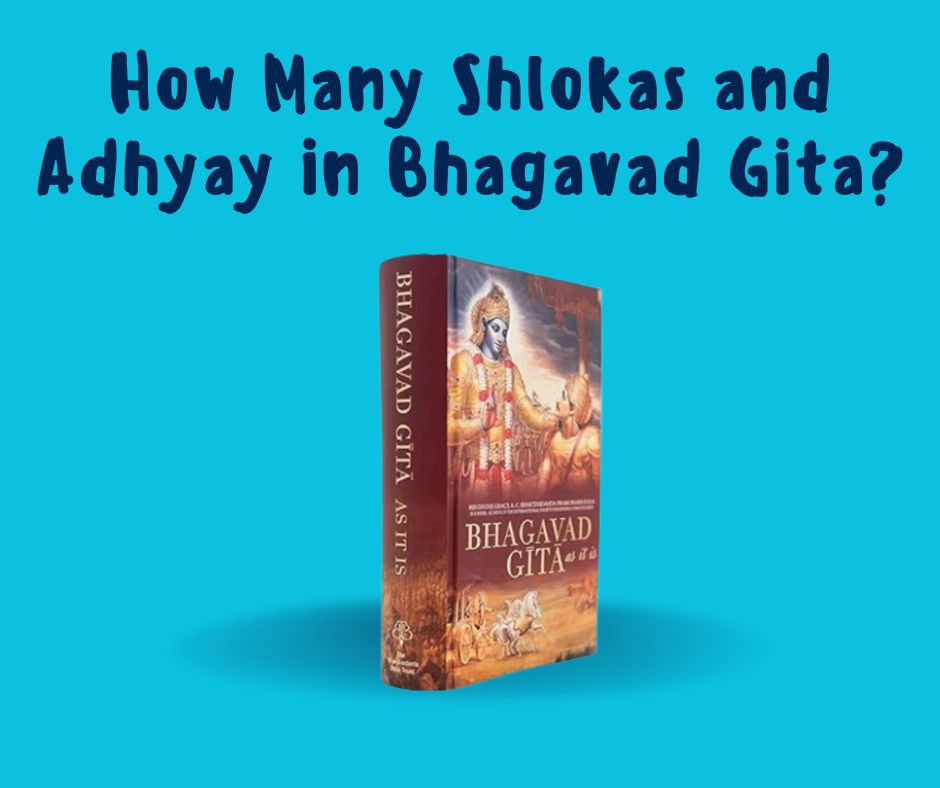
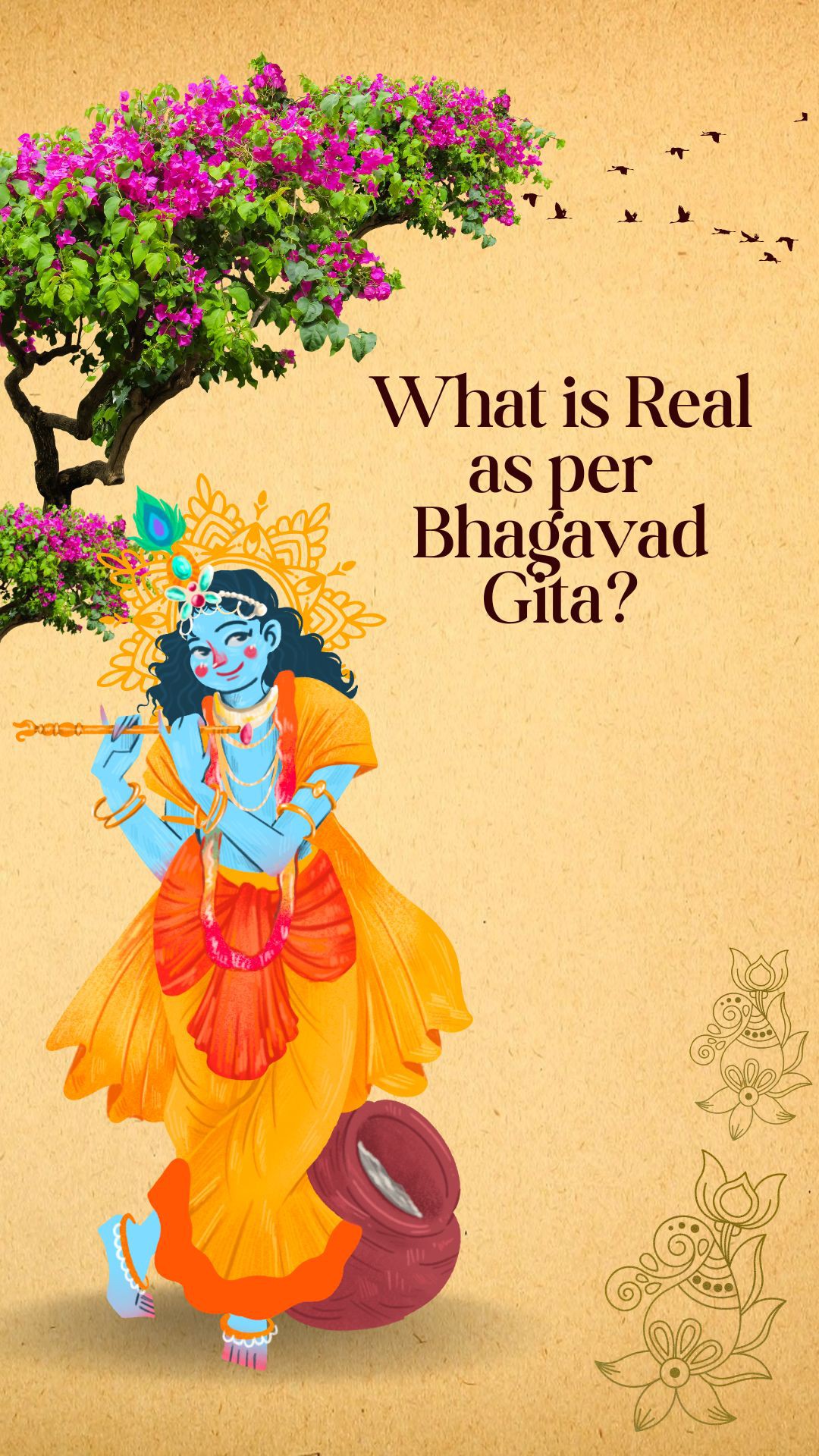
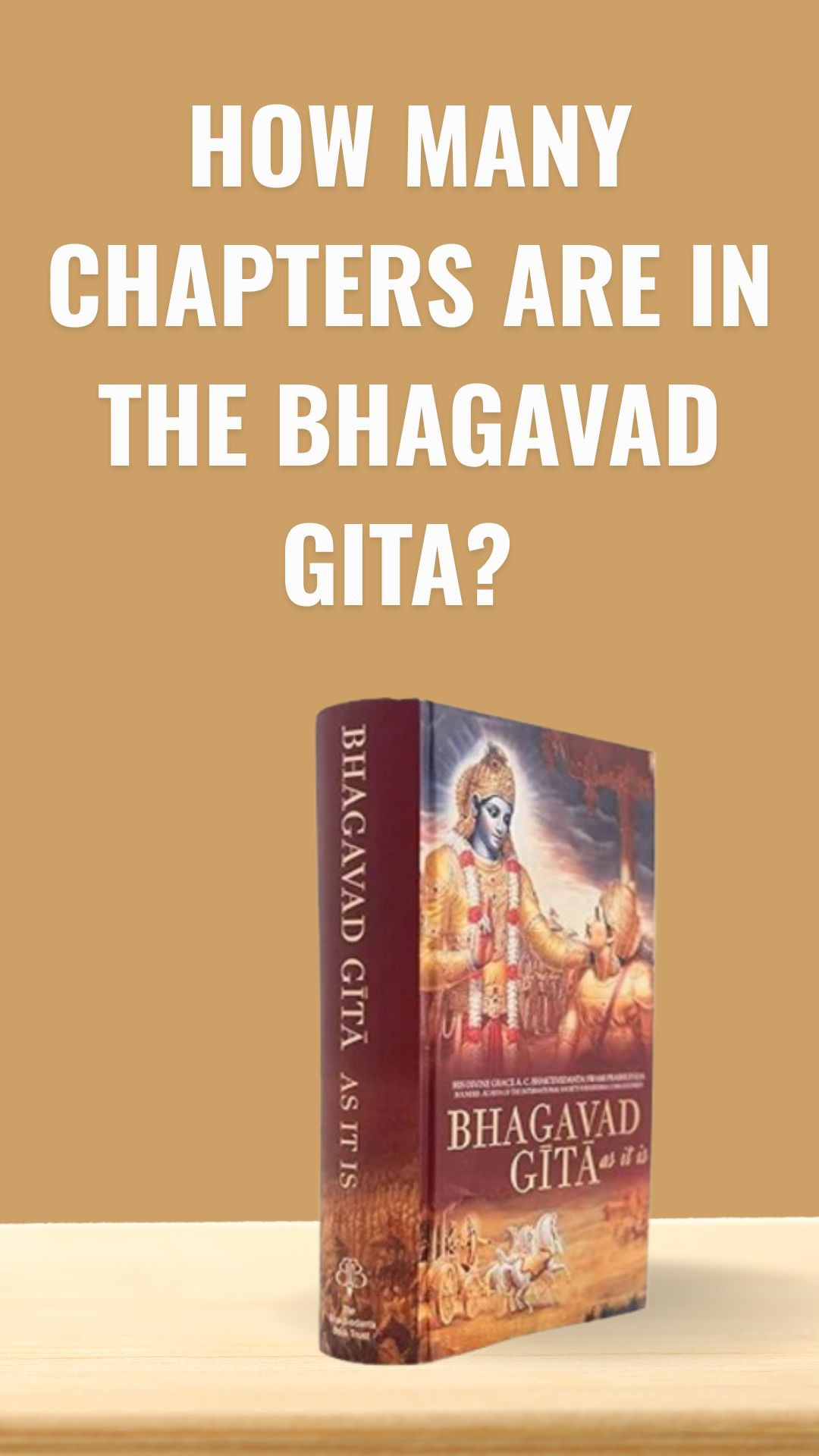





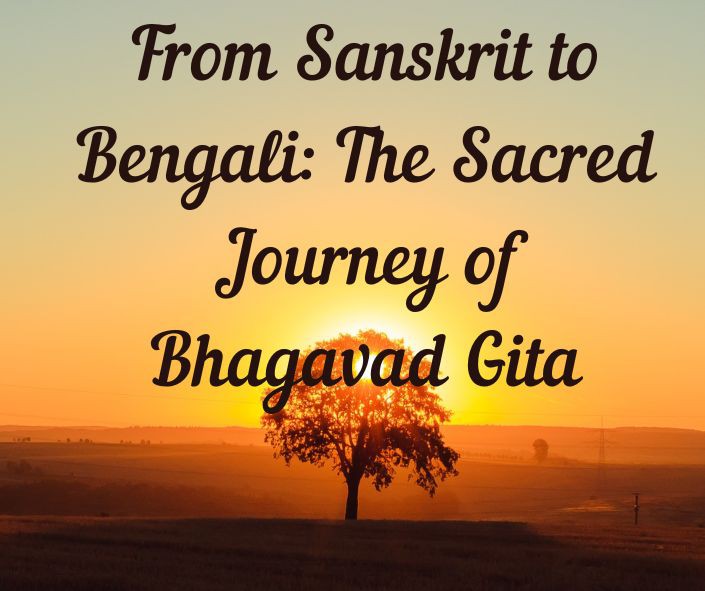
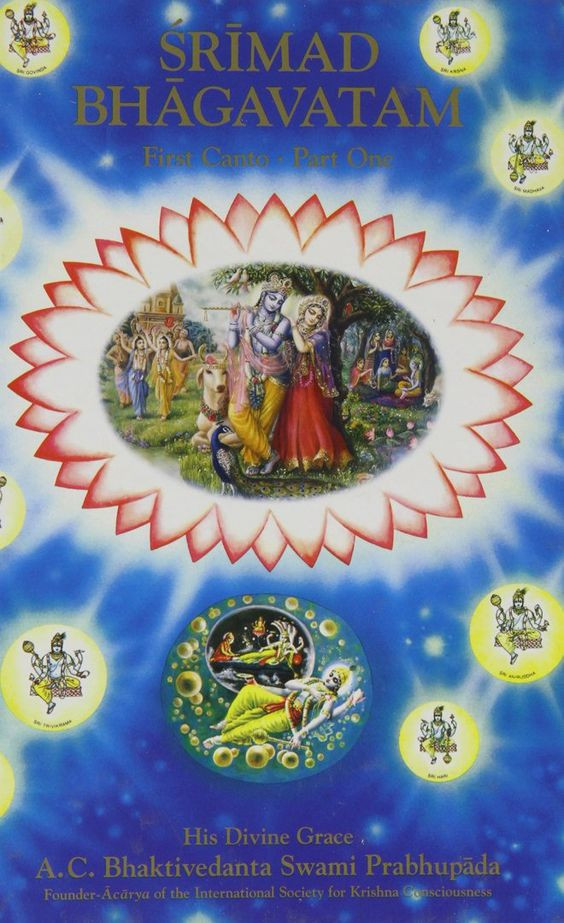
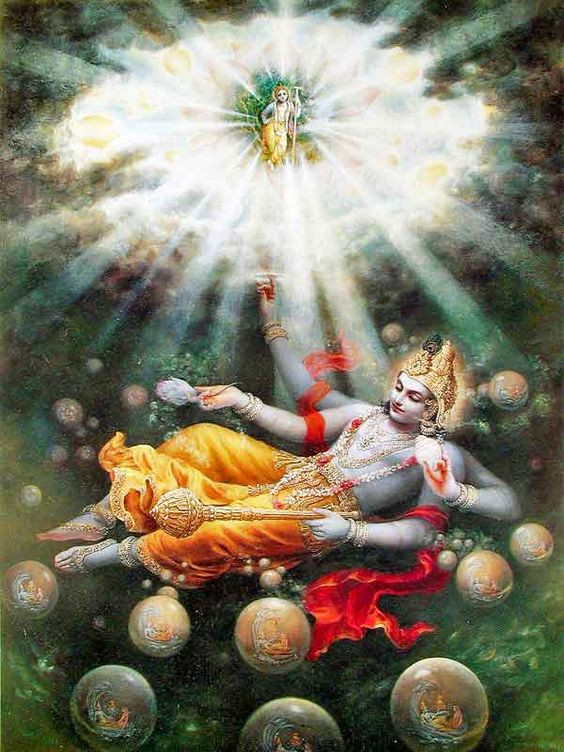
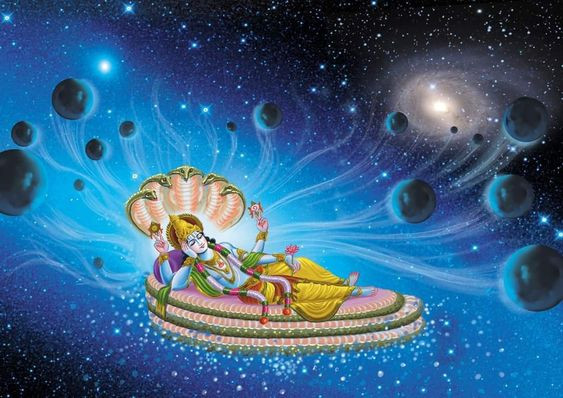


Leave a comment